What is needed to use Bitcoin. How to obtain a Bitcoin address. Private keys and public keys. How to protect and store your Bitcoin keys.
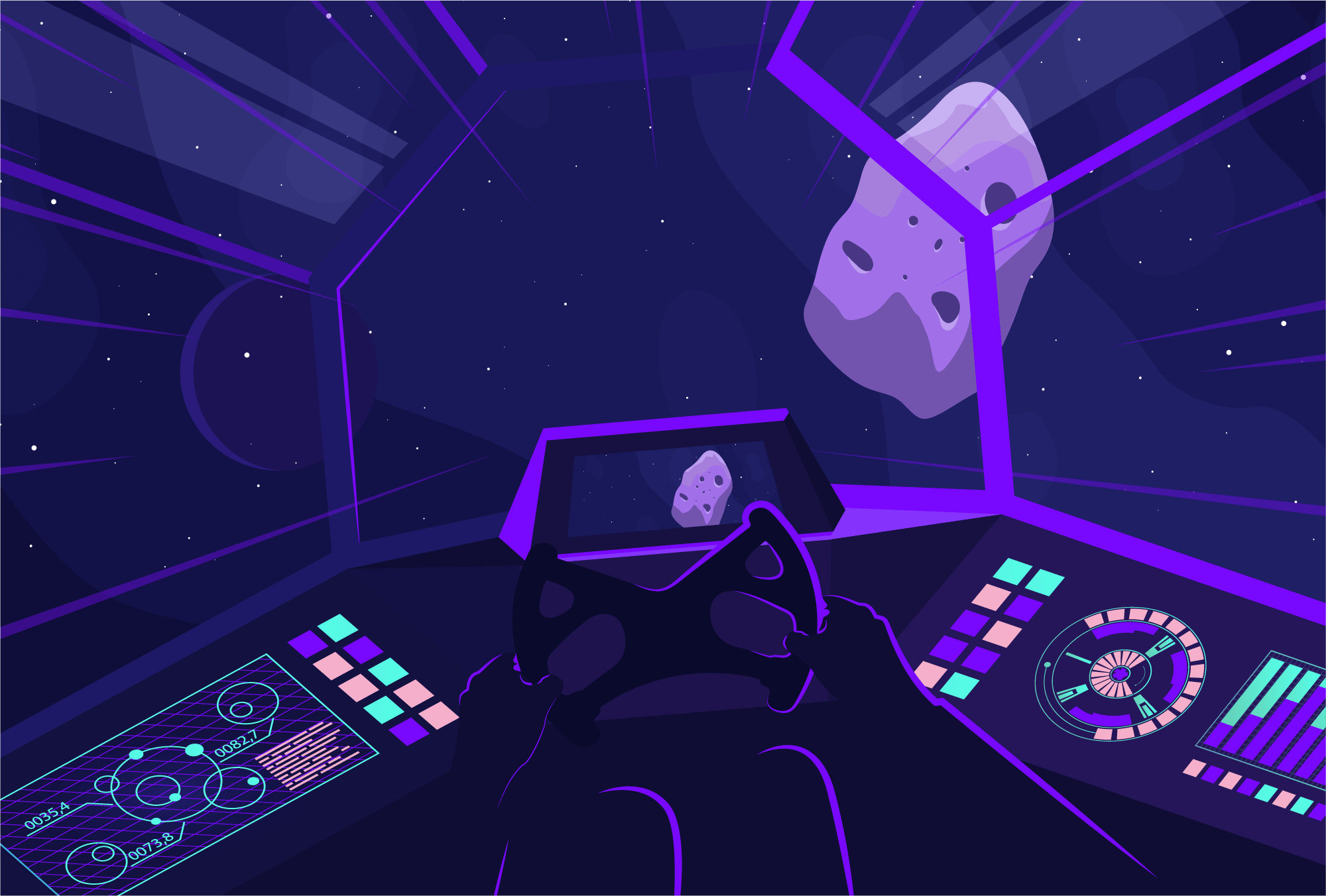
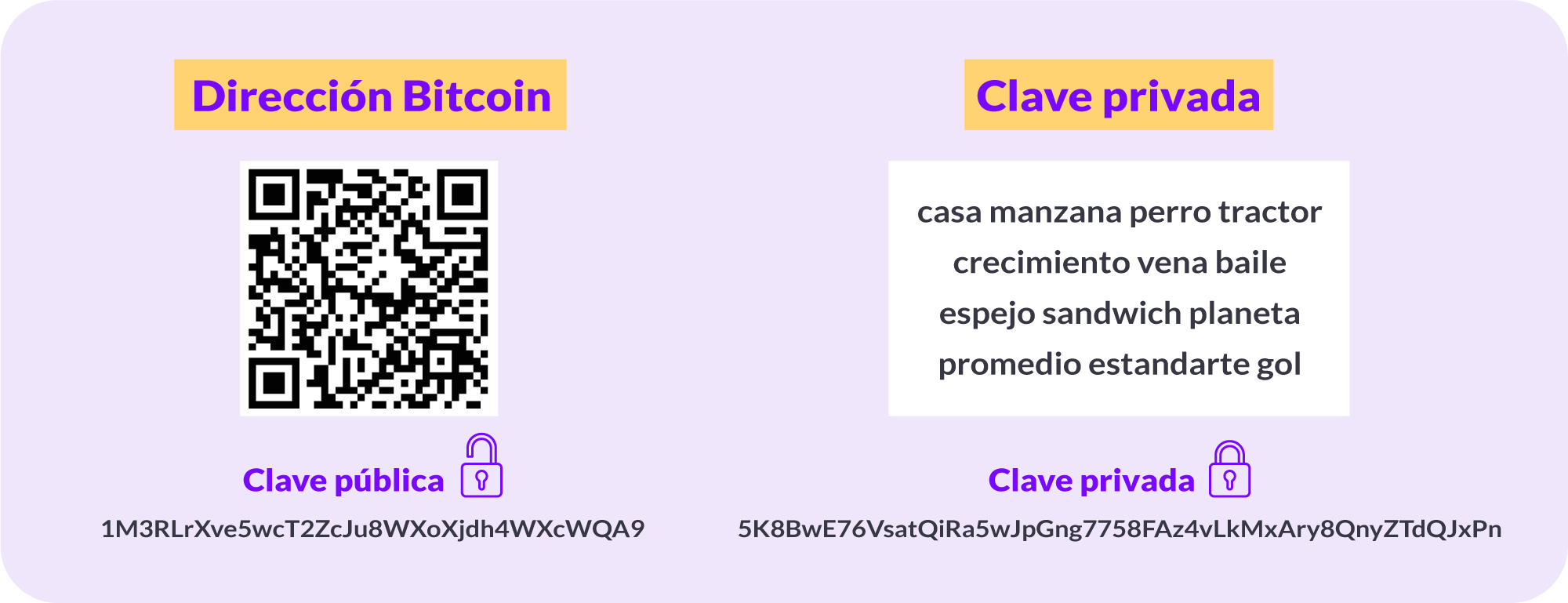
Public keys and private keys
Bitcoin addresses are made up of pairs of keys: one private and one public. The public key is used to generate one or more addresses that function similarly to a CBU or email address: they serve to distinguish each account from the others. This part is shared when trading, as it does not compromise access to funds. And since it has a complex shape, it can be replaced by a QR code that simplifies it.
The private key works more like a password, it is used to digitally sign transactions and must be kept secret, as it is the true key to the funds. These keys are in the form of a string of alphanumeric characters but can also be translated into a series of keywords.
There are many digital services to store keys. Some online and others on specific electronic devices, similar to pendrives. In any case, the recommendation is always to write down the private key on a piece of paper and protect it. There are even those who engrave it in metal, in case they suffer a fire or flood. Losing or forgetting the private key means losing access to the bitcoins.

How to send and receive bitcoins
How to send and receive bitcoins. Commissions and times of operations with bitcoins. Steps to transfer bitcoins. Why is the private key not shared?

Cryptography is very complicated. And mining is demanding and expensive. However, sending and receiving bitcoins is almost as simple as using cash. In fact, you don’t even need to know how Bitcoin works. All you need is someone to send, someone to receive, and an amount they agree on. As when buying with money at a kiosk, no one asks for zip codes or marital statuses.
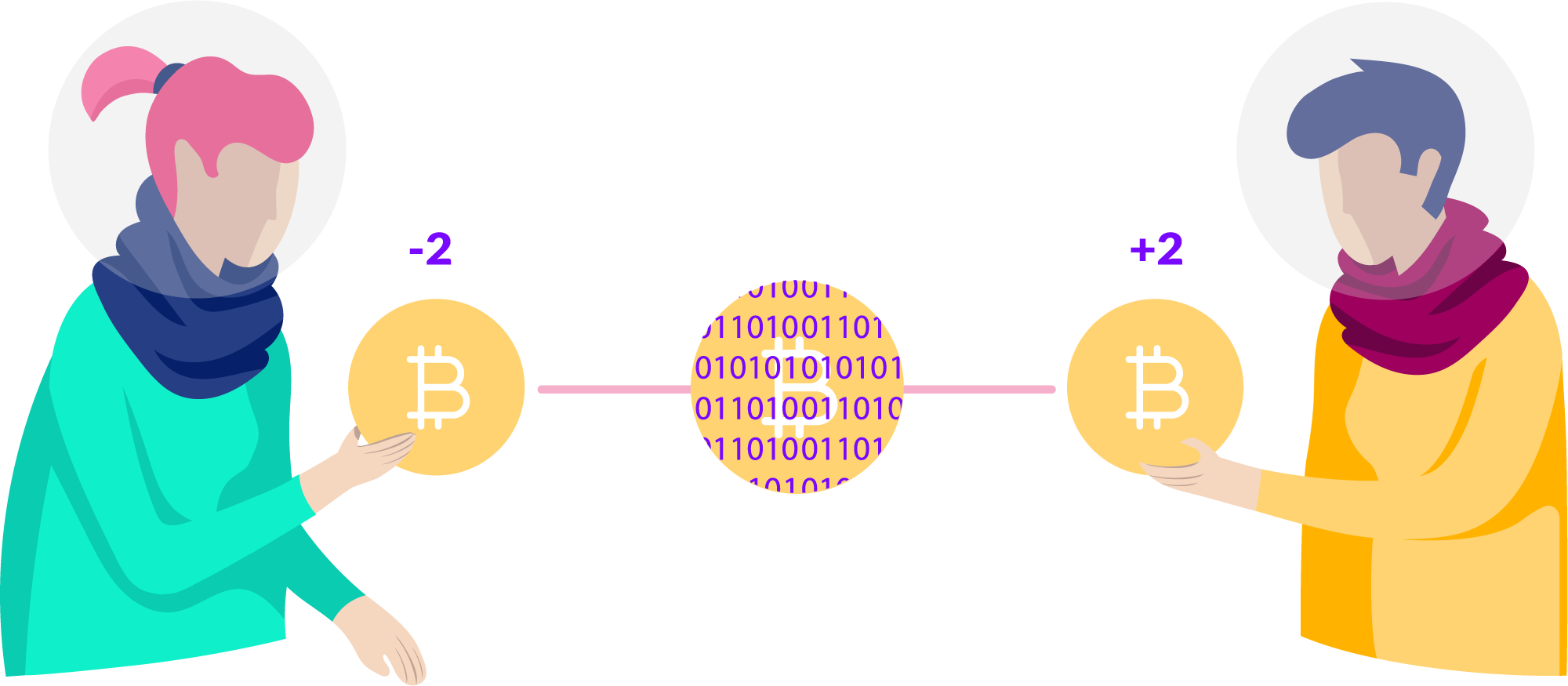
Send bitcoins
To send bitcoins we need to know the public address of the wallet to which we want to send them, then enter our wallet, locate the function to send bitcoins and complete with the address that will receive the shipment and the amount. The procedure is simple, but you have to pay close attention when writing this data because in Bitcoin the operations are irreversible.
If people are in the same place, the QR code of a wallet can also be scanned. And currently transactions can be made with the NFC contact system. Furthermore, in blockchain-based accounting systems, such as Bitcoin, the transferer can choose different fees depending on the urgency they have to complete the operation.
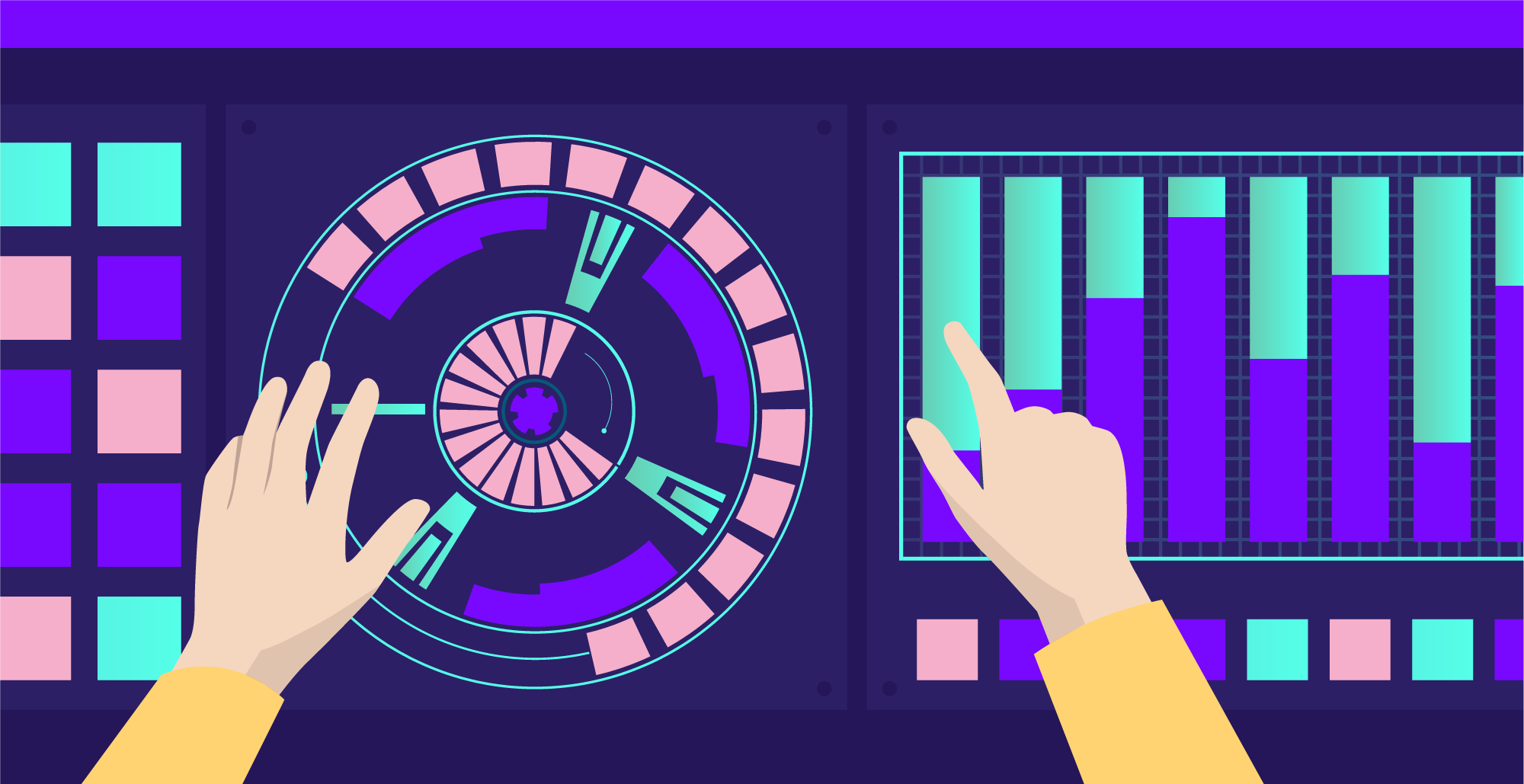
Receive bitcoins
To receive bitcoins, the public address of the wallet to whom you send the funds is reported. You should never reveal the private key. Wallets generate a public address for each cryptocurrency, and Bitcoin is not the only one. It is important to be careful about sharing the address of the corresponding crypto.
Although the sending is almost instantaneous, the bitcoins received cannot be used until about 10 minutes after the operation. This is the time it takes for the network to validate the transfer and add it to the database. The recipient does not need to be online or connected to your wallet: the bitcoins will be in your wallet the next time you open it.
Network exploration
Features of the Bitcoin network. What information is recorded for each operation. How to explore the network. What can you know by exploring the Bitcoin network.

Bitcoin is an account and payment network that has a cryptocurrency that people use to transfer value. And for that to work, you need to do accounting. Each transaction generates a semi-anonymous annotation about how many bitcoins passed from one account to another, although it is not relevant who the owners are. The registration is not done in Spanish or English but in computer code, cryptographically disguised and automated. There is no person writing down what happens.
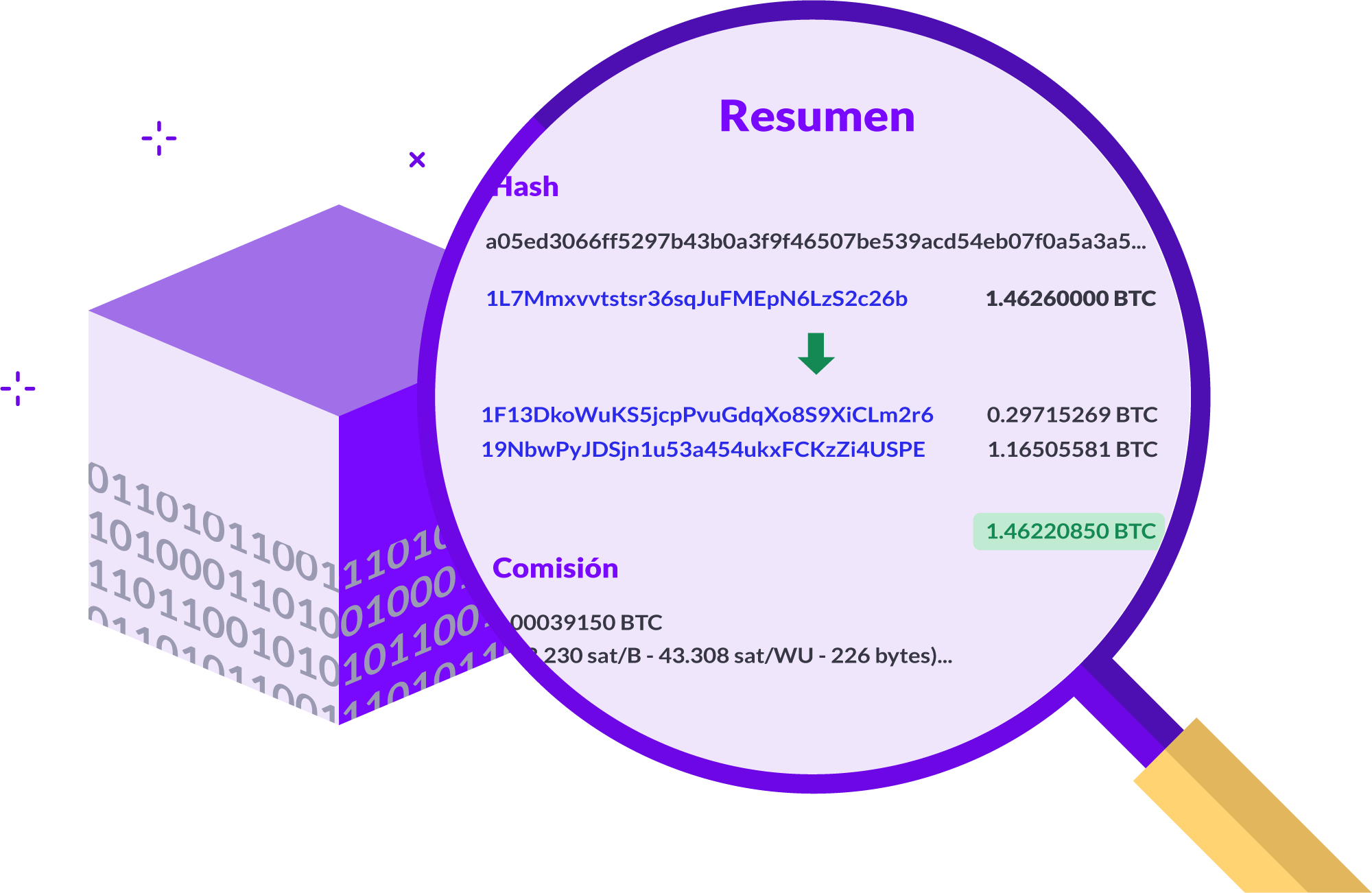
These records are public: the operations are visible to anyone who uses Bitcoin or wants to explore the network. It is something like the details of movements in a bank account. This is the way to prove that value transfers occurred without wasting time or computing power on details that only matter to those involved.
The blockchain has recorded all the bitcoin transfers since the network began operating in 2009. But exploring the Bitcoin network is not difficult, as there are websites and programs that display the blockchain as a spreadsheet or document. of text that is typical of any office. These softwares also generate indicators with relevant data. There are many things that can be known and learned by exploring the Internet, and to do so you do not need to register. It is visible, like a kind of “official bulletin”.
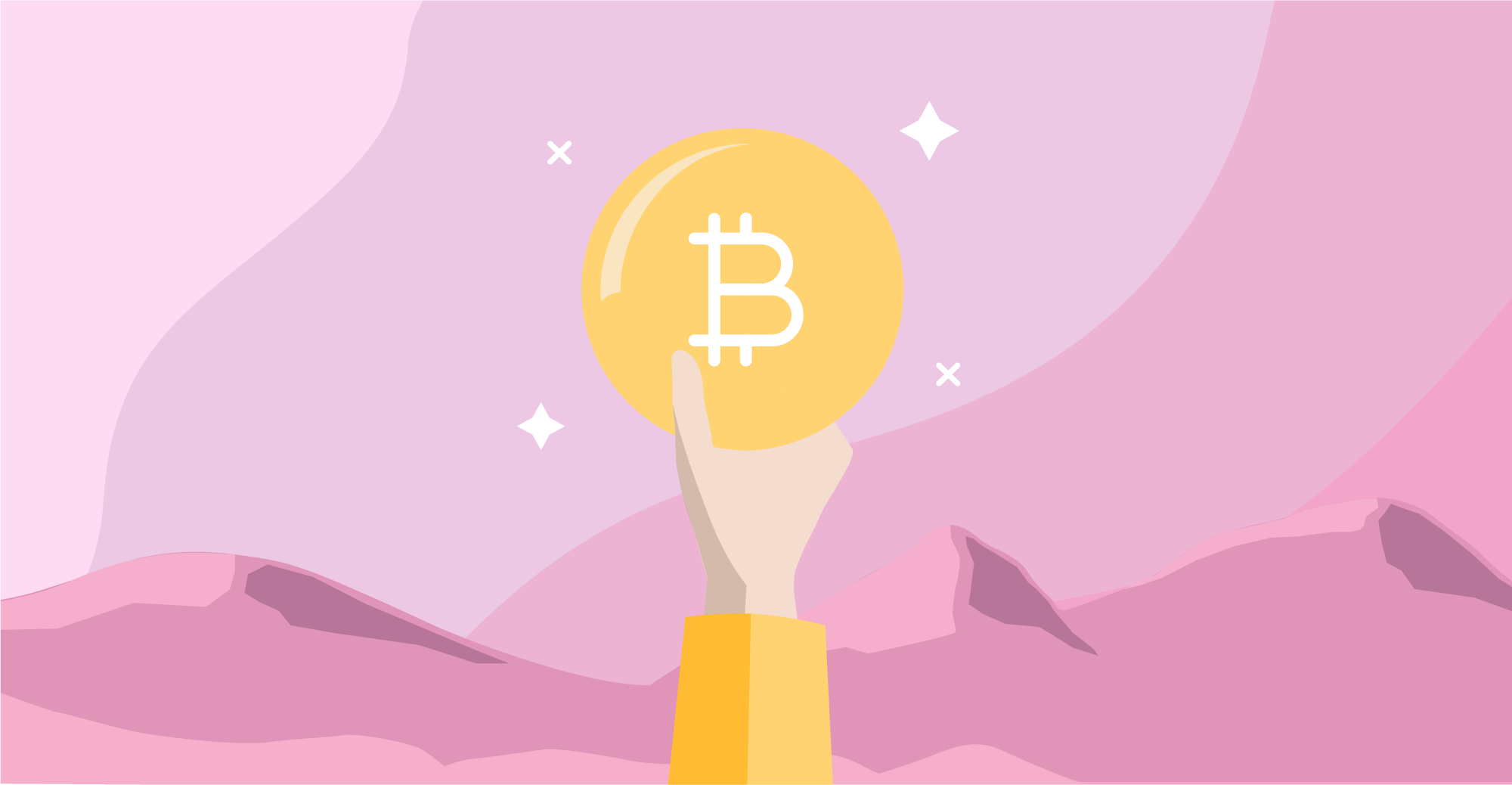
- Review the operations of your Bitcoin address or any other.
Know the volume of transactions for a particular day or period.
Know the price of bitcoin almost in real time, converted to pesos or dollars.
See each mined block and know which mining node it was created by.
Review the average commission for operations, almost in real time.

